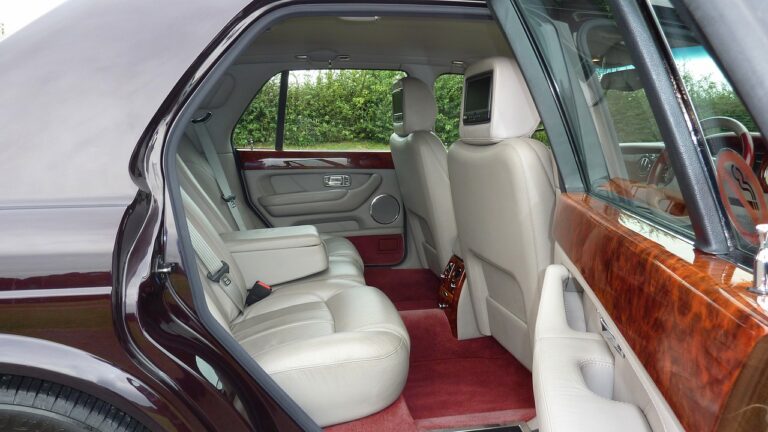The Influence of Bauhaus Design Principles in Modern Car Styling: Form Follows Function
The Bauhaus design principles originated in 1919 with the establishment of the Bauhaus school in Weimar, Germany. Founded by architect Walter Gropius, the school aimed to bring together elements of fine arts, crafts, and technology to create a new approach to design that would meet the needs of the modern industrial society.
At the core of the Bauhaus design principles was the idea of blending form and function harmoniously. This concept was revolutionary at the time, as it challenged the traditional notion of separating art from everyday life. The emphasis on practicality and efficiency in design was a response to the rapid industrialization of the early 20th century, pushing boundaries and paving the way for a new era of modern design.
The Impact of Bauhaus on Modern Car Styling
The influence of Bauhaus design principles on modern car styling is unmistakable. With its emphasis on simplicity, functionality, and minimalism, Bauhaus has left a lasting mark on the automotive industry. Car designers today often draw inspiration from the clean lines and geometric shapes that are synonymous with Bauhaus aesthetics.
Incorporating Bauhaus principles into car design has led to the creation of sleek, contemporary vehicles that prioritize both form and function. From the streamlined curves of the bodywork to the minimalist interior layouts, the impact of Bauhaus can be seen in the harmonious blend of aesthetics and practicality in modern cars. Whether it’s the use of bold, primary colors or the focus on geometric shapes, Bauhaus continues to shape the look and feel of cars on the road today.
The Emphasis on Simplicity and Minimalism
Bauhaus design principles have stood the test of time for their emphasis on simplicity and minimalism. This design philosophy, developed in the early 20th century, focused on stripping away unnecessary ornamentation and focusing on clean lines and functionality. The Bauhaus movement believed that form should follow function, leading to the creation of sleek and efficient designs that still resonate with modern aesthetics.
By embracing simplicity and minimalism, Bauhaus designers aimed to create objects that were not only visually appealing but also practical and user-friendly. This approach prioritized usability and coherence in design, making sure that every element served a purpose. The emphasis on clean, uncluttered designs continues to influence various industries today, including architecture, furniture design, and even modern car styling.
The Bauhaus design philosophy focused on stripping away unnecessary ornamentation
Clean lines and functionality were prioritized in Bauhaus designs
Form followed function in the creation of sleek and efficient designs
Objects were designed to be visually appealing, practical, and user-friendly
What are Bauhaus design principles?
Bauhaus design principles emphasize simplicity, minimalism, functionality, and the use of geometric shapes and primary colors.
How has Bauhaus influenced modern car styling?
Bauhaus has had a significant impact on modern car styling, with many designers incorporating its principles of simplicity and minimalism into the design of vehicles.
Why is there such an emphasis on simplicity and minimalism in design?
The emphasis on simplicity and minimalism in design is believed to create a sense of harmony, balance, and efficiency in the overall aesthetic of a product or space.
How can one incorporate Bauhaus design principles into their own projects?
One can incorporate Bauhaus design principles into their own projects by focusing on clean lines, geometric shapes, minimal decoration, and the use of primary colors.
Are there any drawbacks to following a minimalist design approach?
While minimalist design can be visually appealing and functional, some may find it too austere or lacking in warmth. It’s important to find a balance that suits one’s personal preferences and needs.







